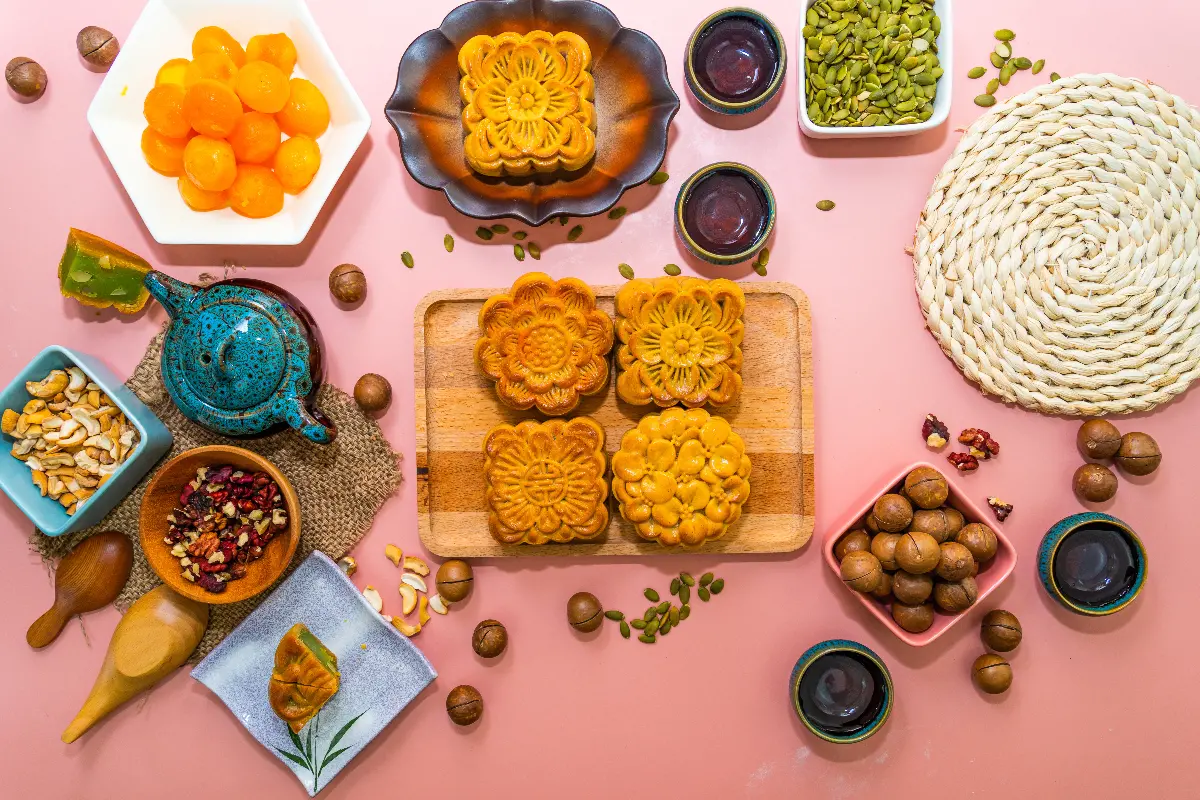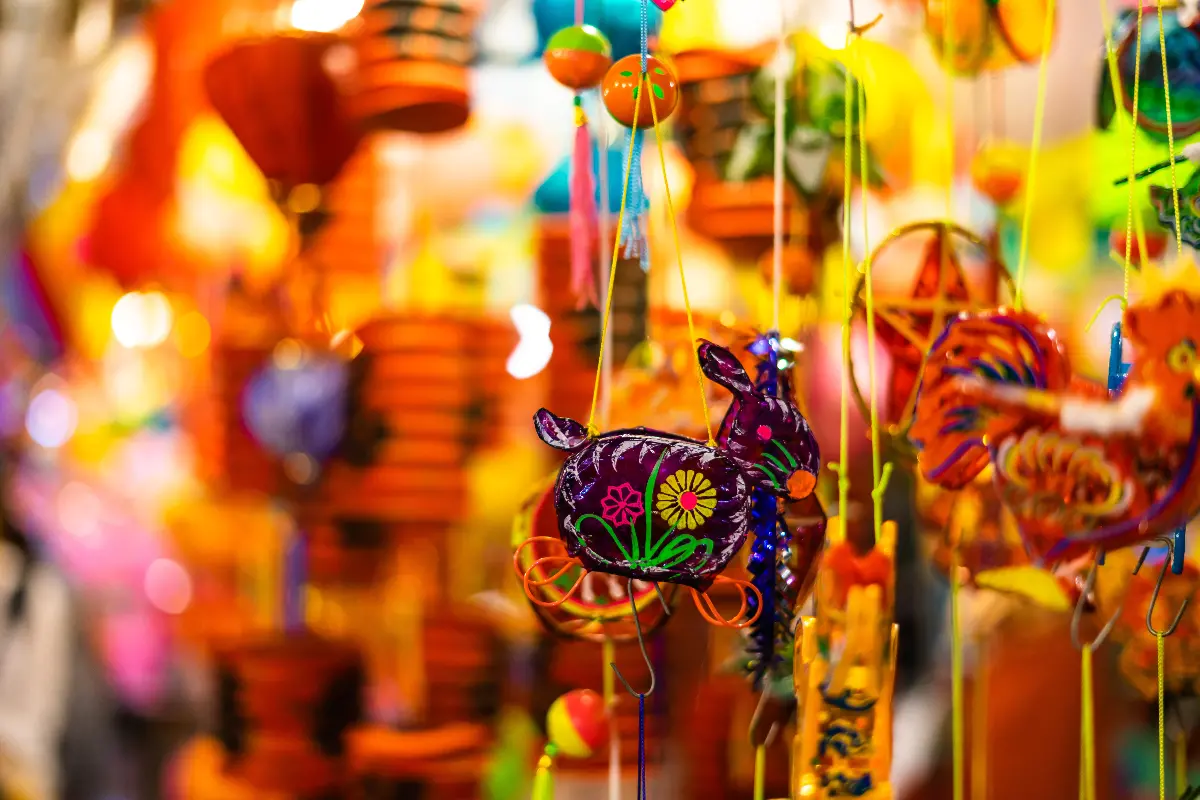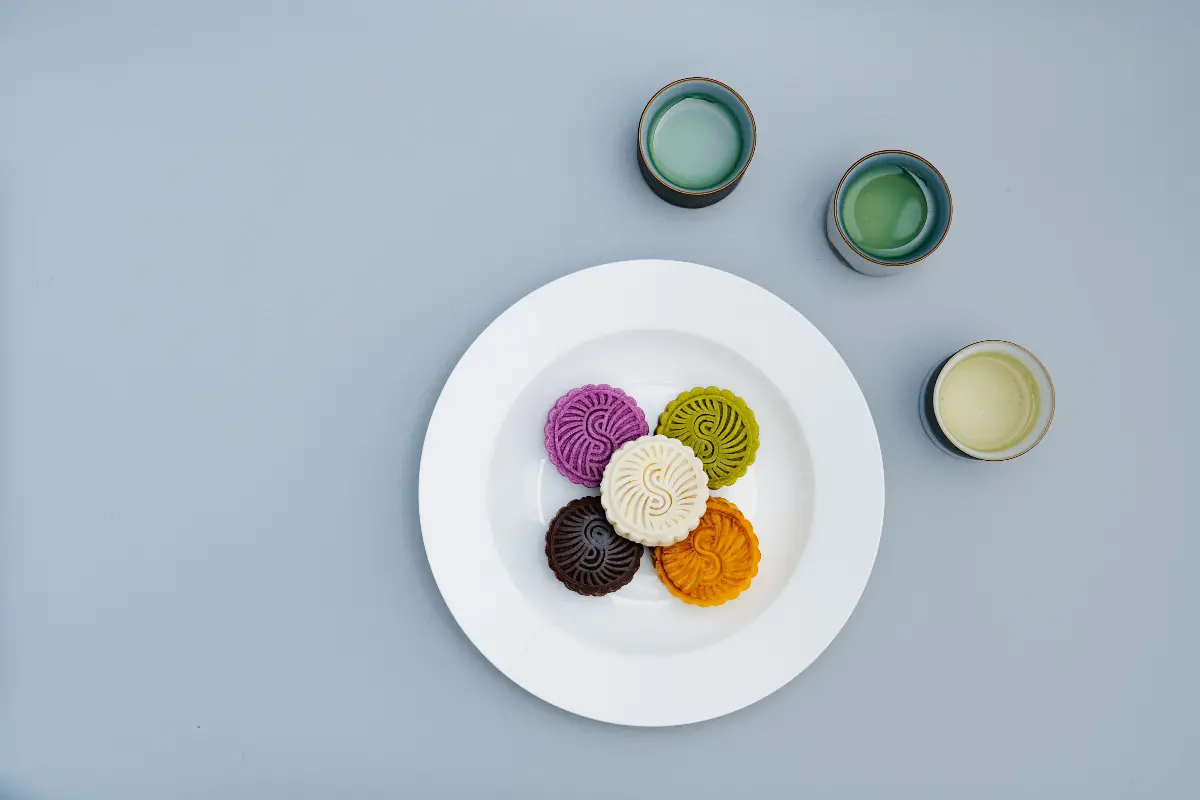As the moon achieves its fullest and roundest point, the Mid-Autumn Festival, or Moon Festival, ushers in a time of unity and thanksgiving across various cultures in East Asia. Celebrated largely by Chinese and Vietnamese communities on the 15th day of the eighth lunar month, it is a poignant melding of folklore, gastronomy, and family, spanning generations in its rich tapestry of traditions. This vibrant festival serves not just as a reminder of agricultural times and harvest gratitude but also as a resonant symbol of togetherness.

The significance of the Mid-Autumn Festival is deeply rooted in ancient mythology. The Chinese legend of Chang'e, the Moon Goddess of Immortality, is a familiar story that is often recounted during the festival. A tale of love, sacrifice, and celestial wonders, it sets the stage for the associated customs that reinforce familial bonds and the importance of coming together.
One of the most visually stunning practices is the Lantern Display. As night falls, streets, homes, and parks glow with the light of intricate lanterns. Often red to symbolise good fortune, these beautiful creations range from simple spheres to elaborate structures shaped like animals, plants, and storybook characters. Lantern walks and competitions entice community participation, with children parading their handheld lights, symbolising a guiding path for the spirit of the Moon Goddess.

The moon itself serves as an essential symbol during the festival. Moongazing parties are gatherings where people come together to appreciate the beauty of the full moon, which is believed to be the brightest and roundest on this particular night. This practice harks back to the notion of reflection, both in terms of the moon's visage and the introspective nature of the human spirit. Families and friends revel in each other's company, often while reciting poems and telling stories that honour the moon’s influence on culture and agricultural success.
Undoubtedly, the hallmark of the festival is the Mooncake, a rich pastry filled with sweet bean paste, egg yolks, or various other fillings, enveloped in a thin crust. These cakes are shared among family and friends, symbolising completeness and unity due to their round shape. There is also a tradition of gifting these treats to express respect and good wishes, providing an edible testament to the interconnectedness of relationships. Some mooncakes are even intricately decorated with the festival's symbols, adding an extra layer of artistry and meaning to the confection.

Another practice is the offering of sacrifices to the moon, known traditionally as the Worship of the Moon. Family members set up a table in their courtyards with fruits, mooncakes, and candles, directing their prayers to the moon in a show of reverence. This ritual underscores the enduring link between human endeavours and cosmic forces, indebtedness for a good harvest, and hopes for future prosperity.
Lastly, the Mid-Autumn Festival would not be complete without the recitation of poetry and praise. This literary tradition, where individuals recite or compose poems about the moon and the festival, allows for the sharing of stories and emotions, weaving the web of history and sentiment tighter with every stanza. It's a culture-spanning celebration of words that breathe life into the symbols and activities that define this festive time.
The Mid-Autumn Festival’s deeply ingrained traditions form an unbreakable thread connecting generations, fostering a sense of identity and continuity. As families come together to light lanterns, share mooncakes, gaze at the moon, and offer up prayers, they are participating in practices that have been passed down through centuries.
In essence, the Mid-Autumn Festival transcends mere festivity; it is a poignant reminder of the human need for connection and the timeless nature of tradition. As we look at the glowing orb on a Mid-Autumn night, we find ourselves part of an ancient narrative, retracing the steps of our ancestors and projecting our hopes for the coming generations. It is a testament to the fact that no matter how far we venture, the traditions of togetherness will always beckon us home to celebrate, reflect, and reconnect.